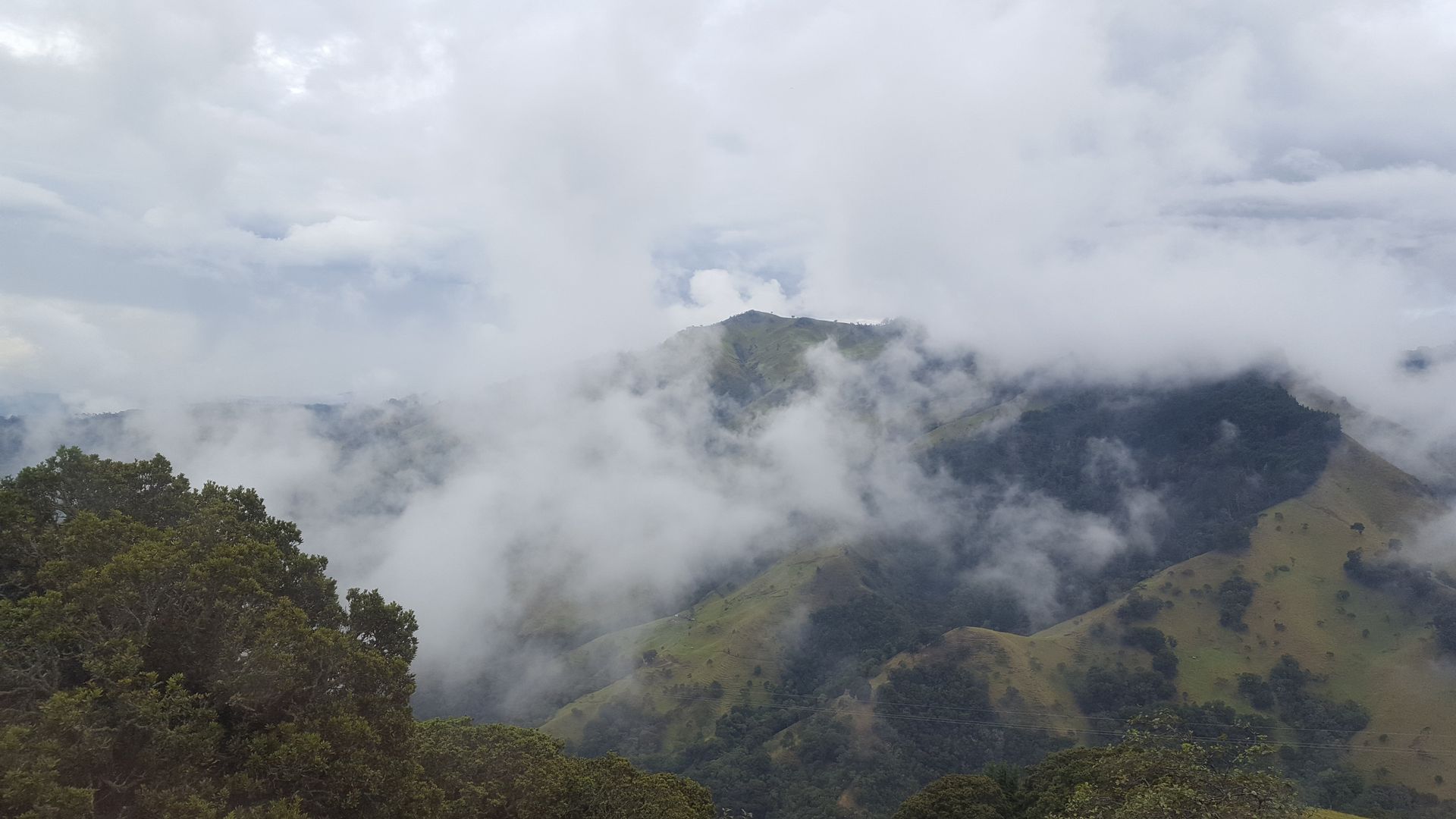Cusco: Machu Picchu and Rainbow Mountains - the lost realm of the Incas
የታተመ: 21.11.2018
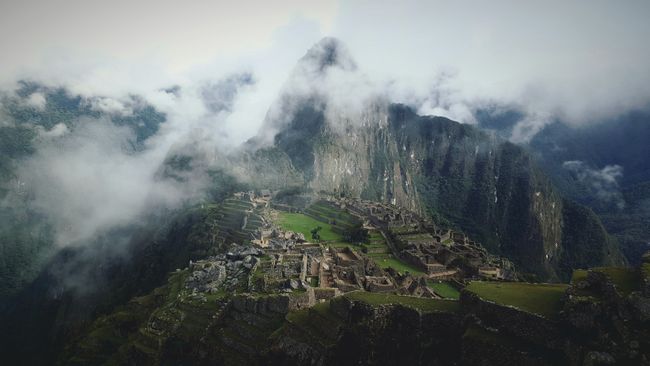
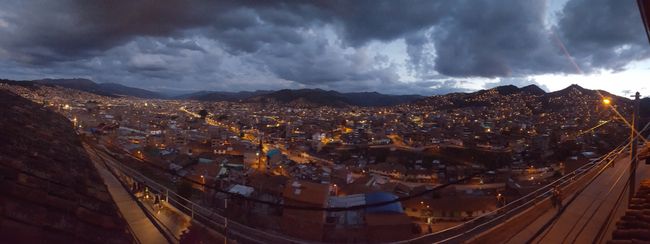
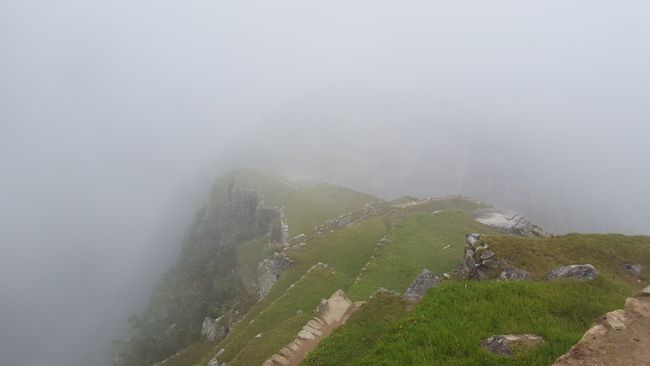
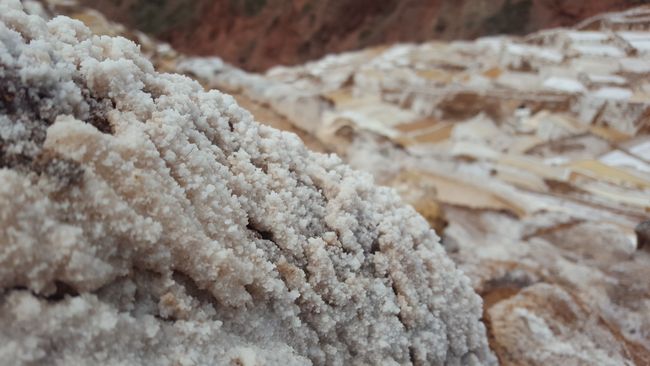
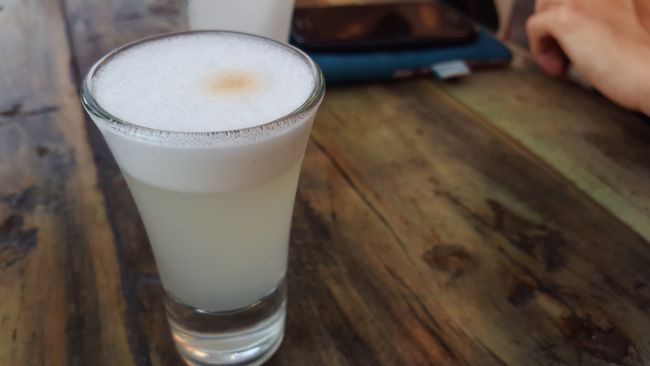
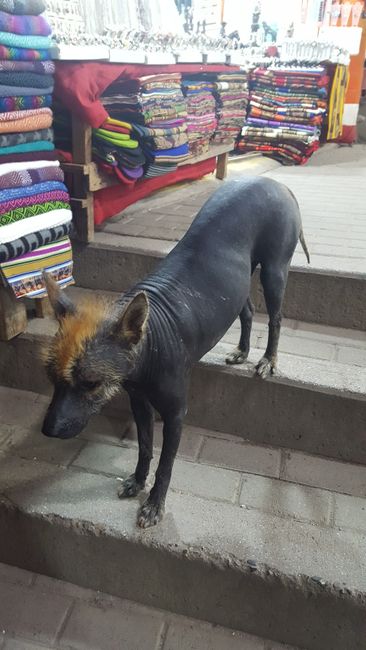
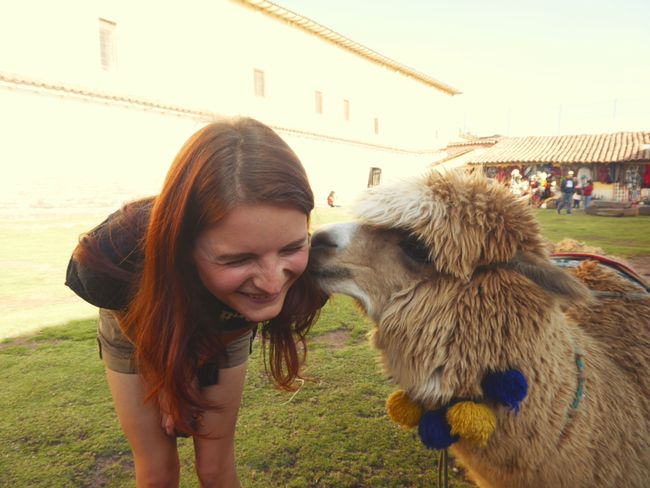
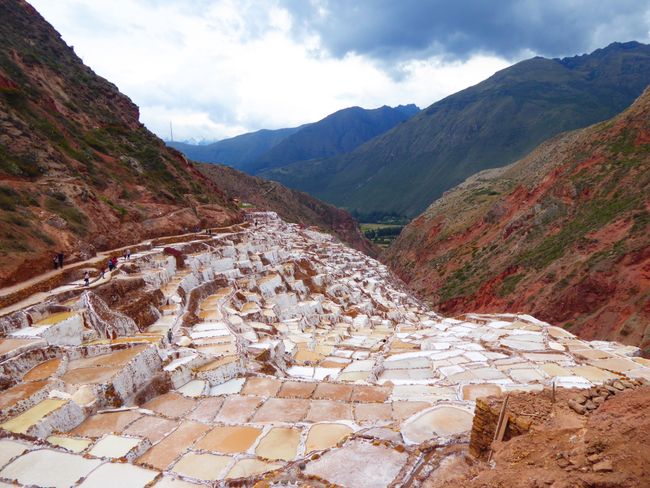
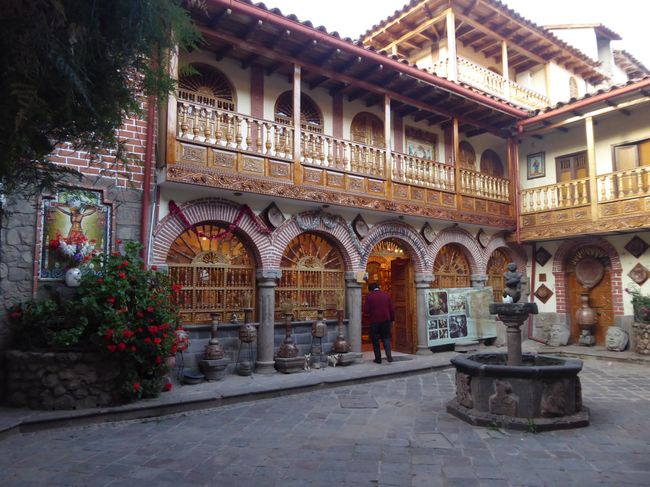
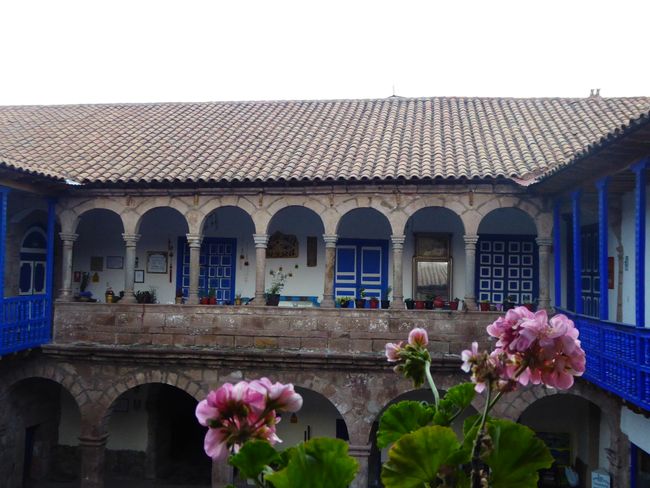
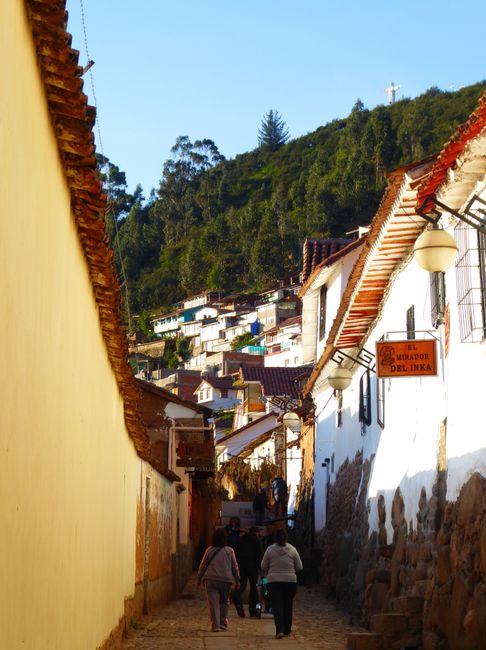
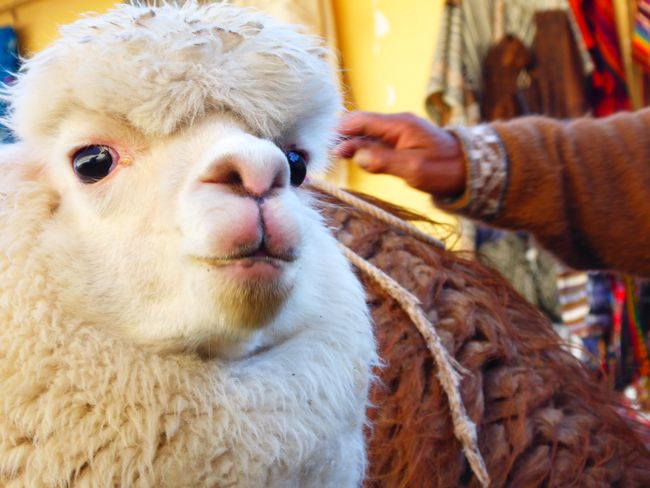
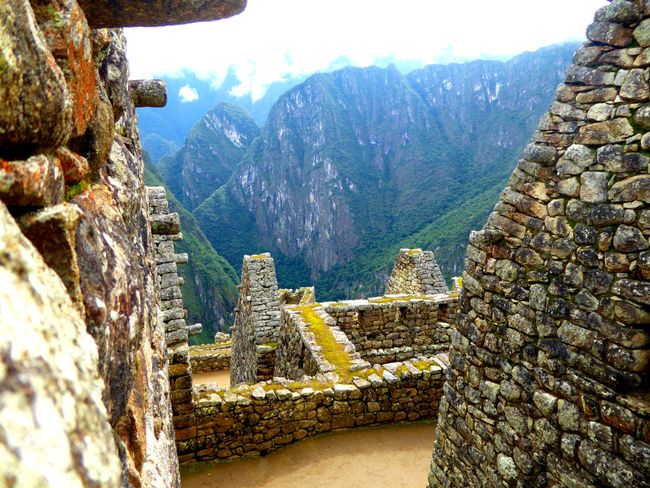
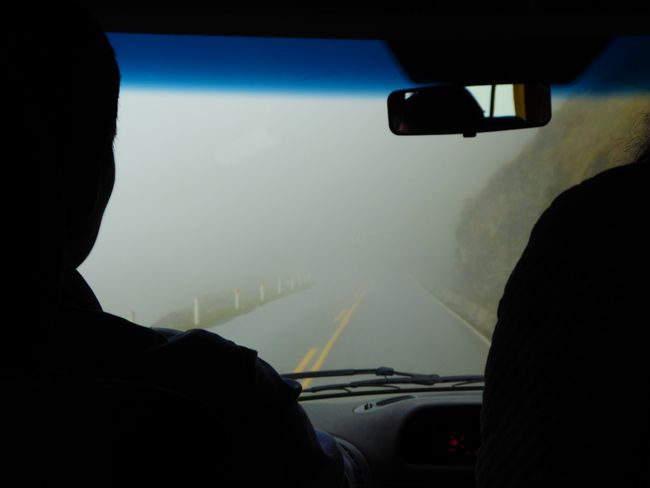
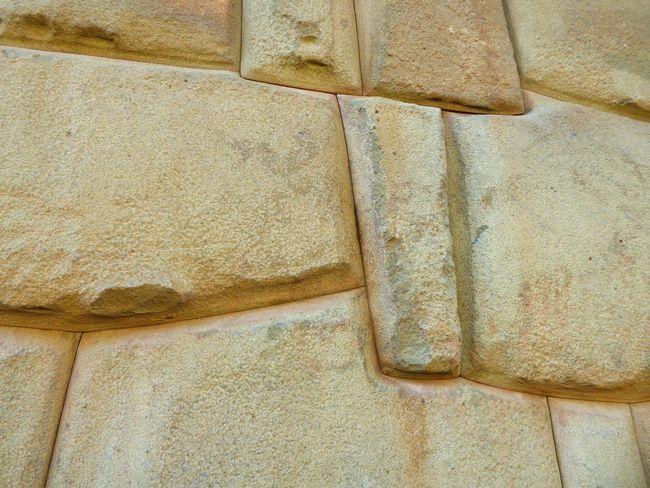
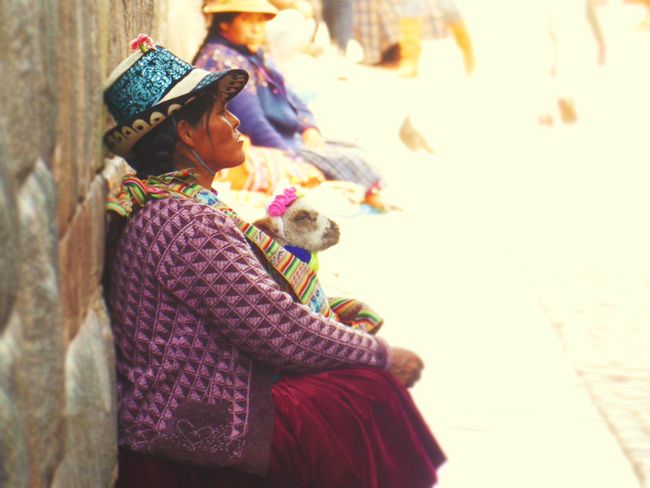
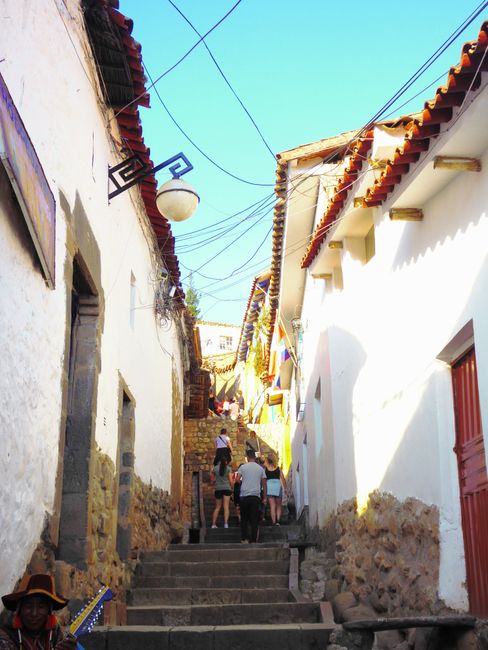
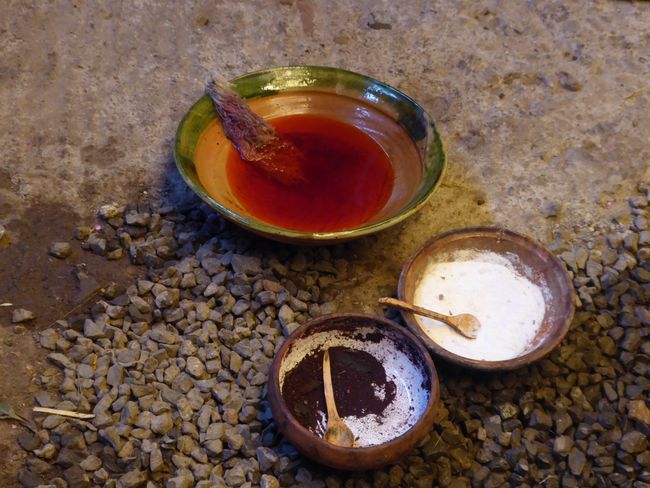


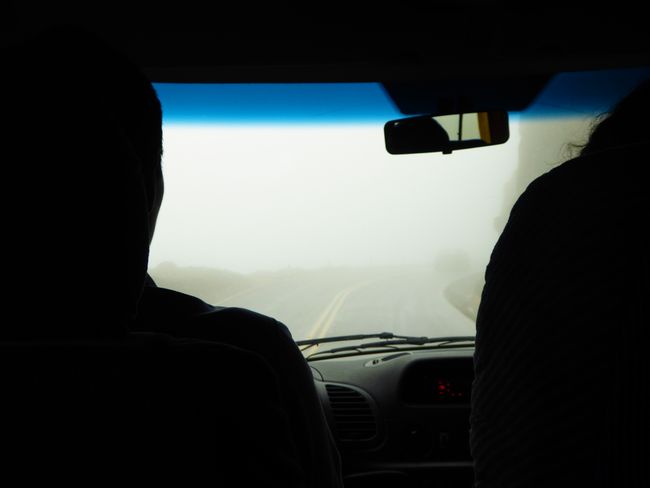
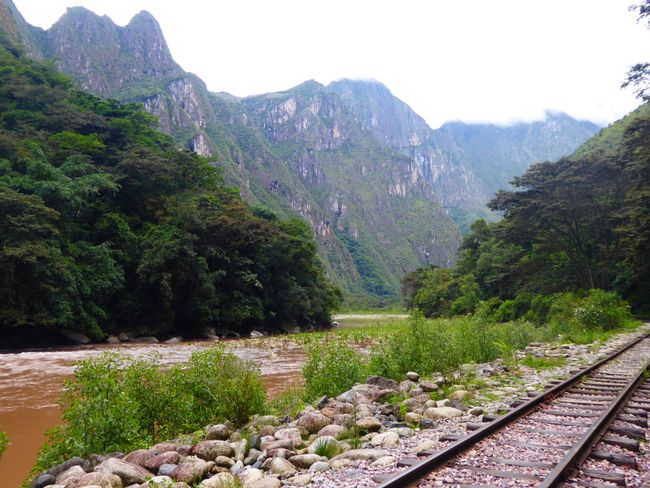
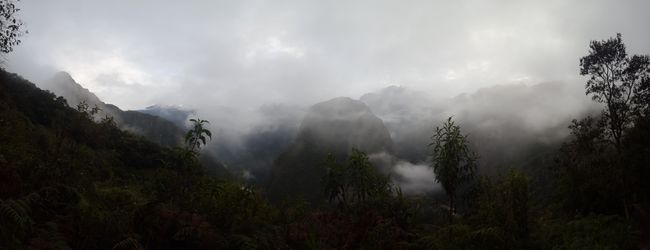
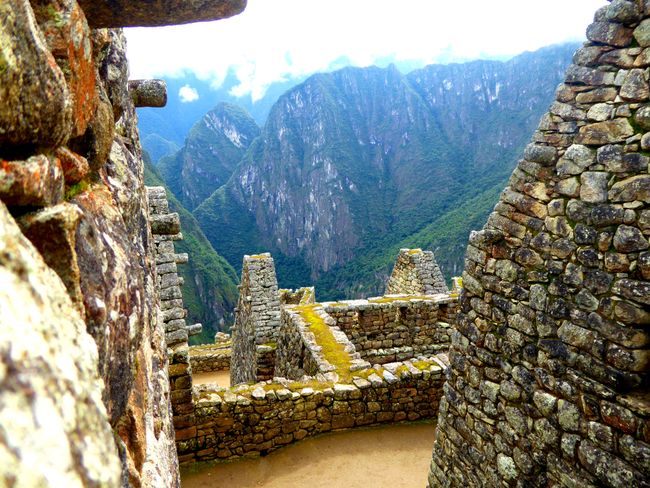
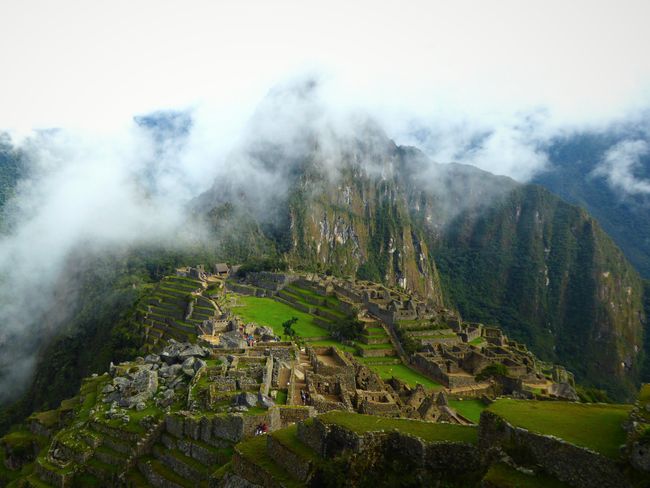
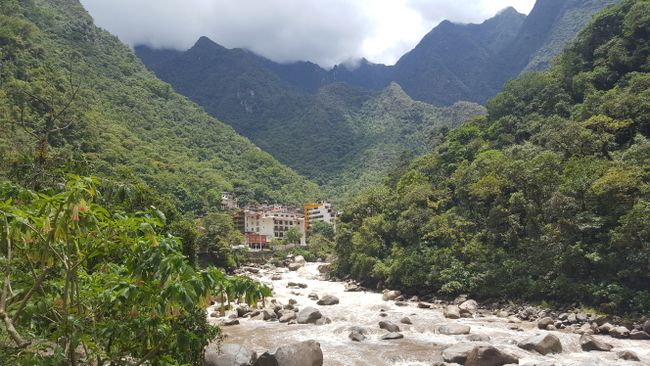
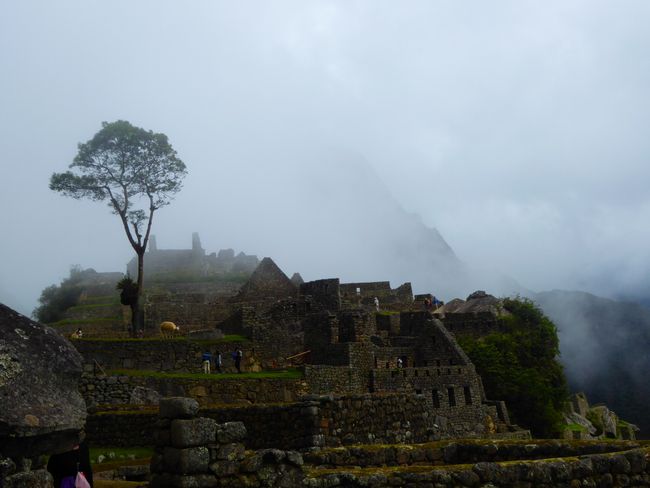
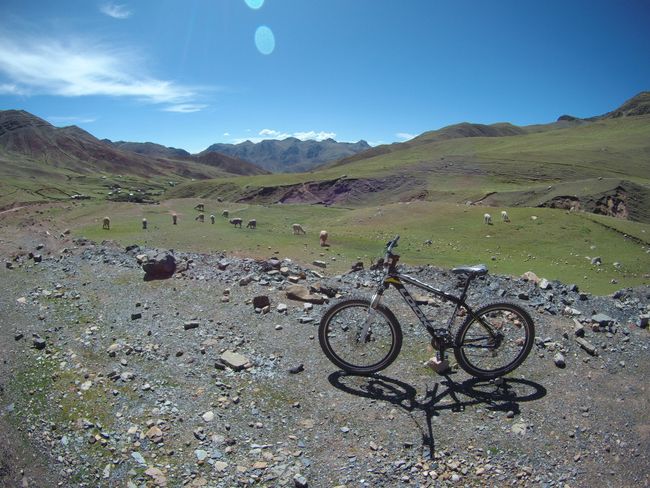
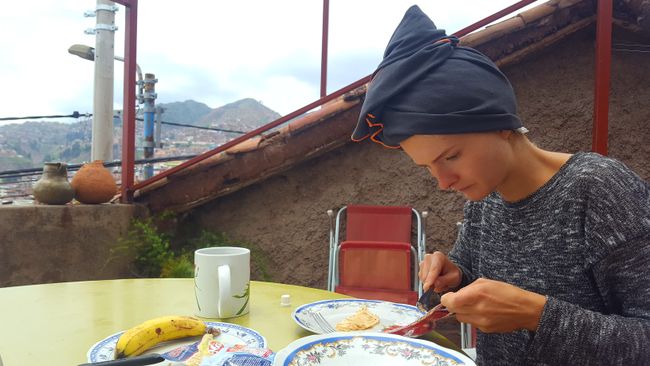
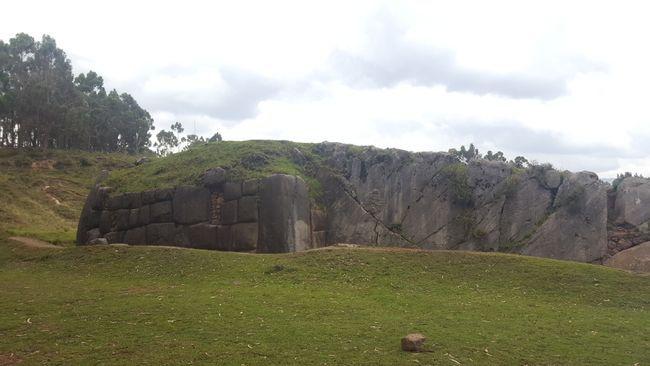
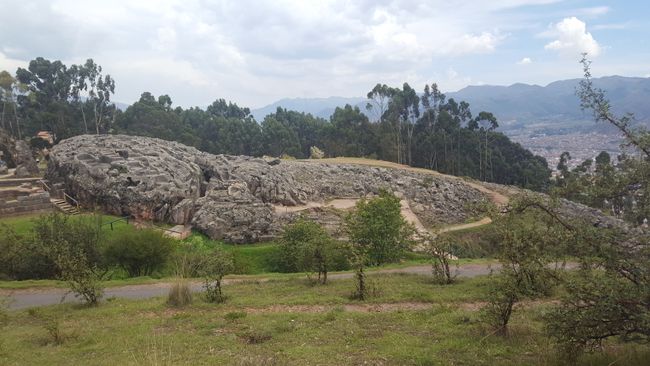
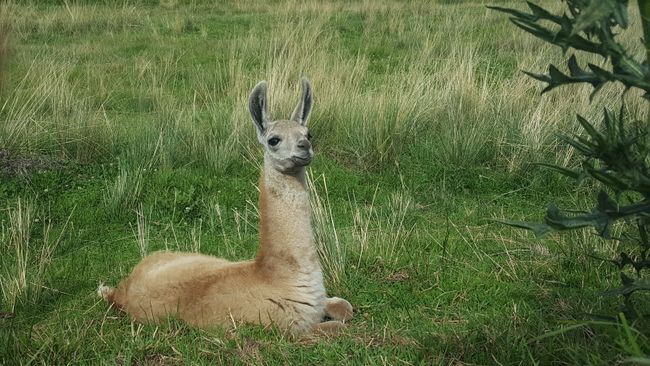
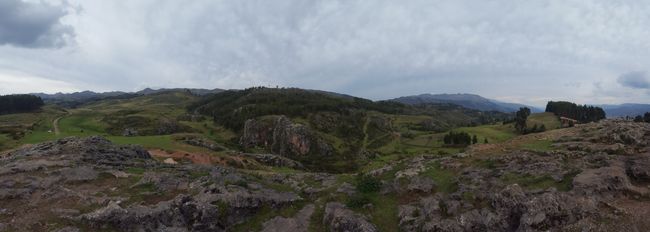
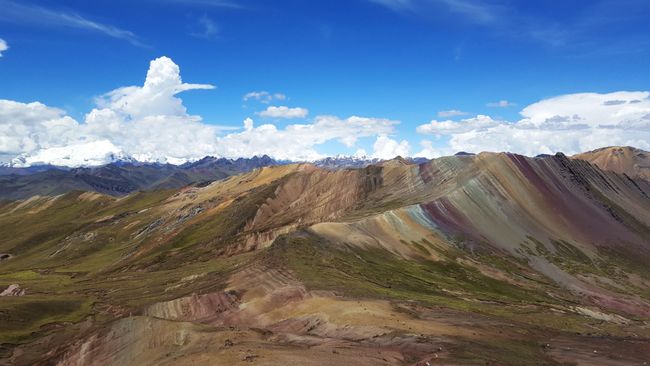
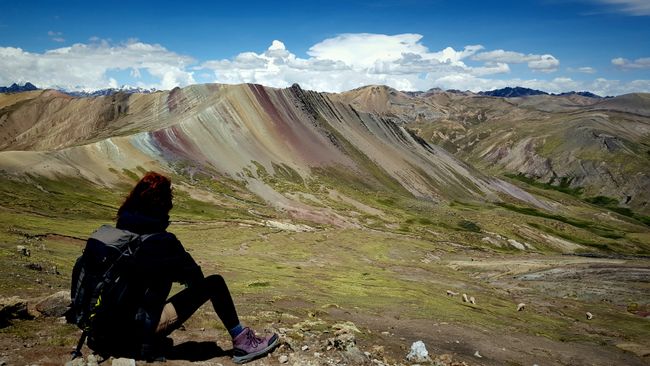
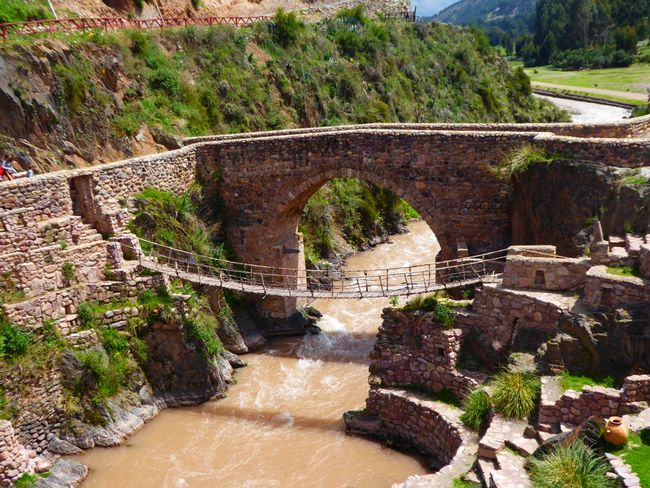
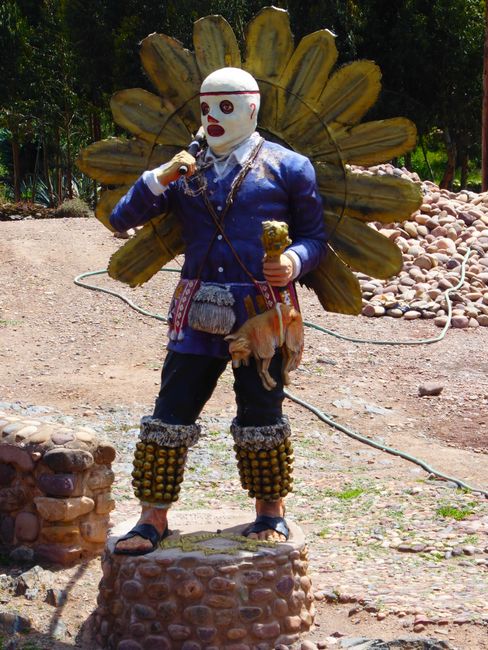
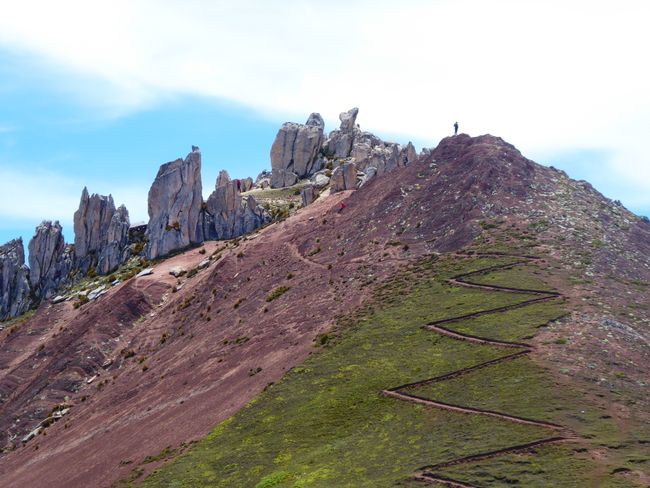

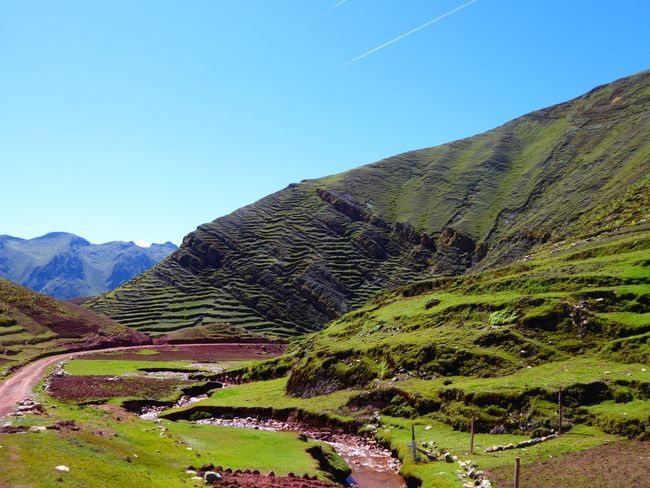
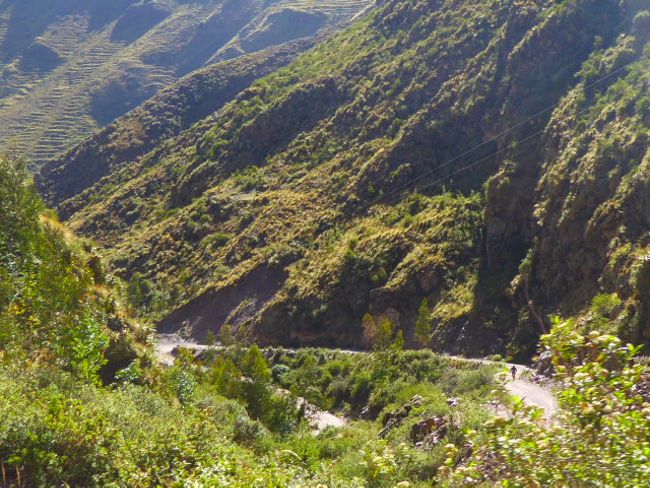
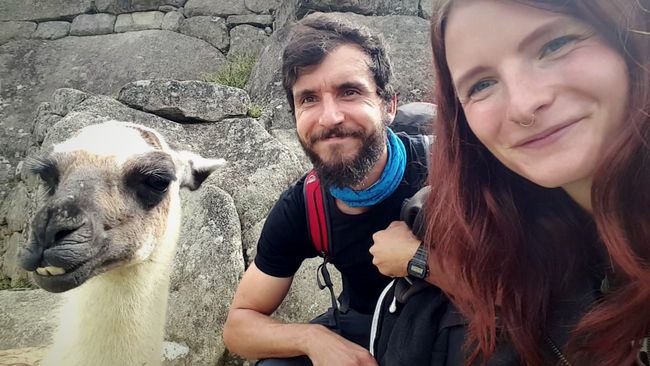
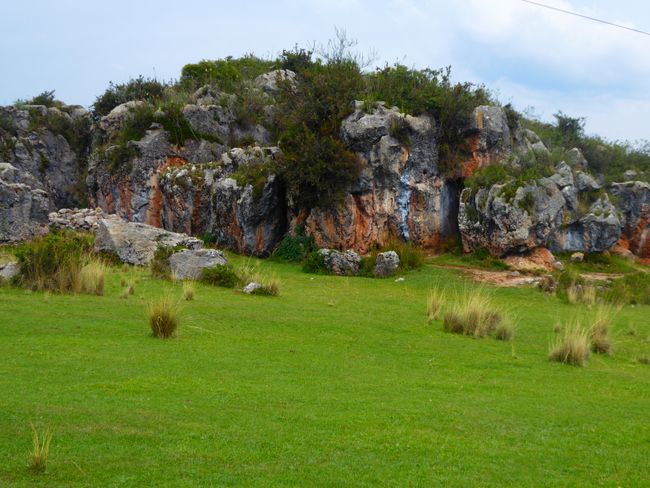
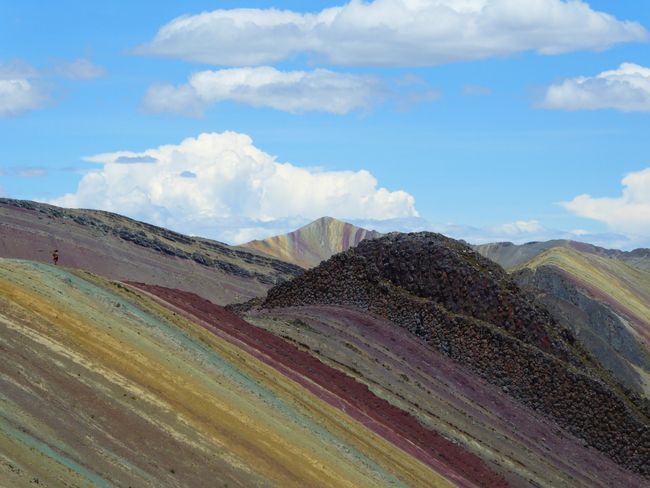
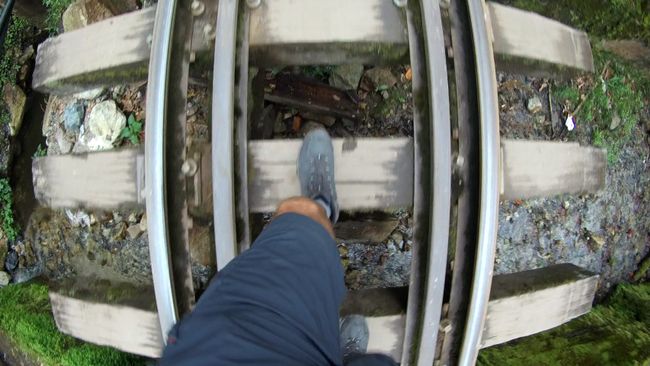
ለጋዜጣ ይመዝገቡ
16th & 17th November 2018
After 15 hours of winding roads, we arrive in the afternoon at our hostel in Cusco, feeling a little weary but with a great view.
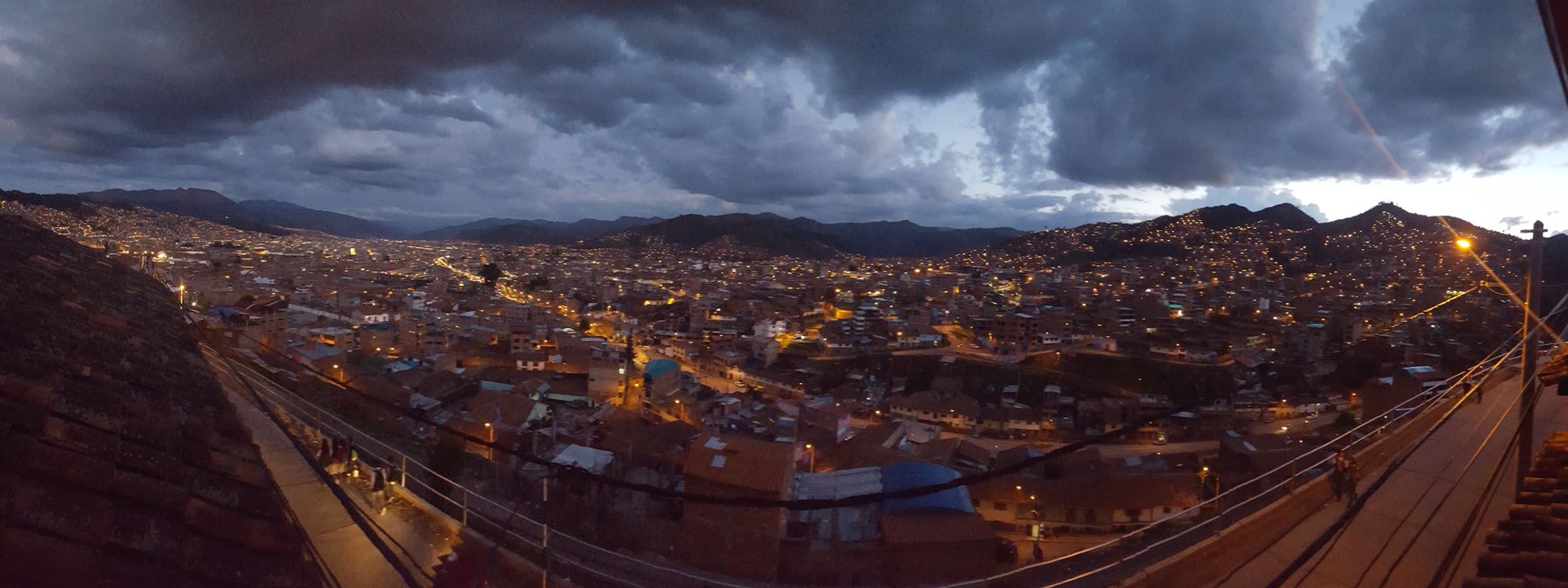
We decide not to make any plans for now. Just relax and explore the city at a leisurely pace. The former Inca capital is prepared for the influx of tourists in the summer months. At every corner, there are various tour operators offering trips to Machu Picchu, the ruins in the surrounding area, and the sacred valley of the Incas. During the winter months - the rainy season - it is quieter.
Cusco captivates with its flair. The numerous colorful courtyards, the magnificent green squares, and the aura of the Inca empire are everywhere. We join a free walking tour to learn about the history, architecture, and culture of the city, enjoy delicious food and Pisco Sour (the national drink here), get kissed by llamas, and explore the steep, narrow streets on foot. In the evenings, we meet up with Hannes and Sabrina (our chance encounter from Leipzig) and fall asleep to the sound of heavy rain showers. On the first evening, we don't make it back to our accommodation on time and nearly get washed away by the rain-soaked streets, which seem normal here.

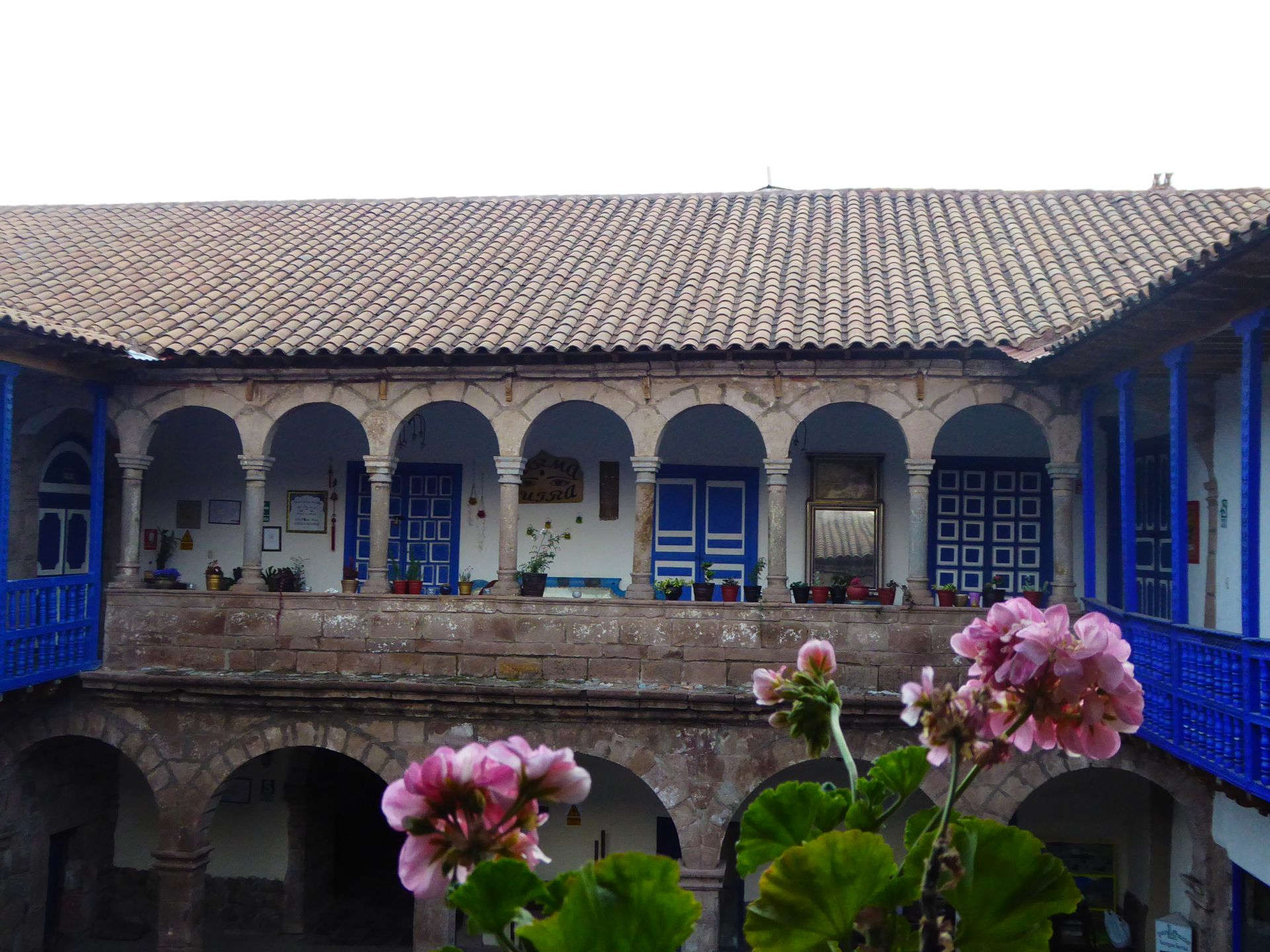
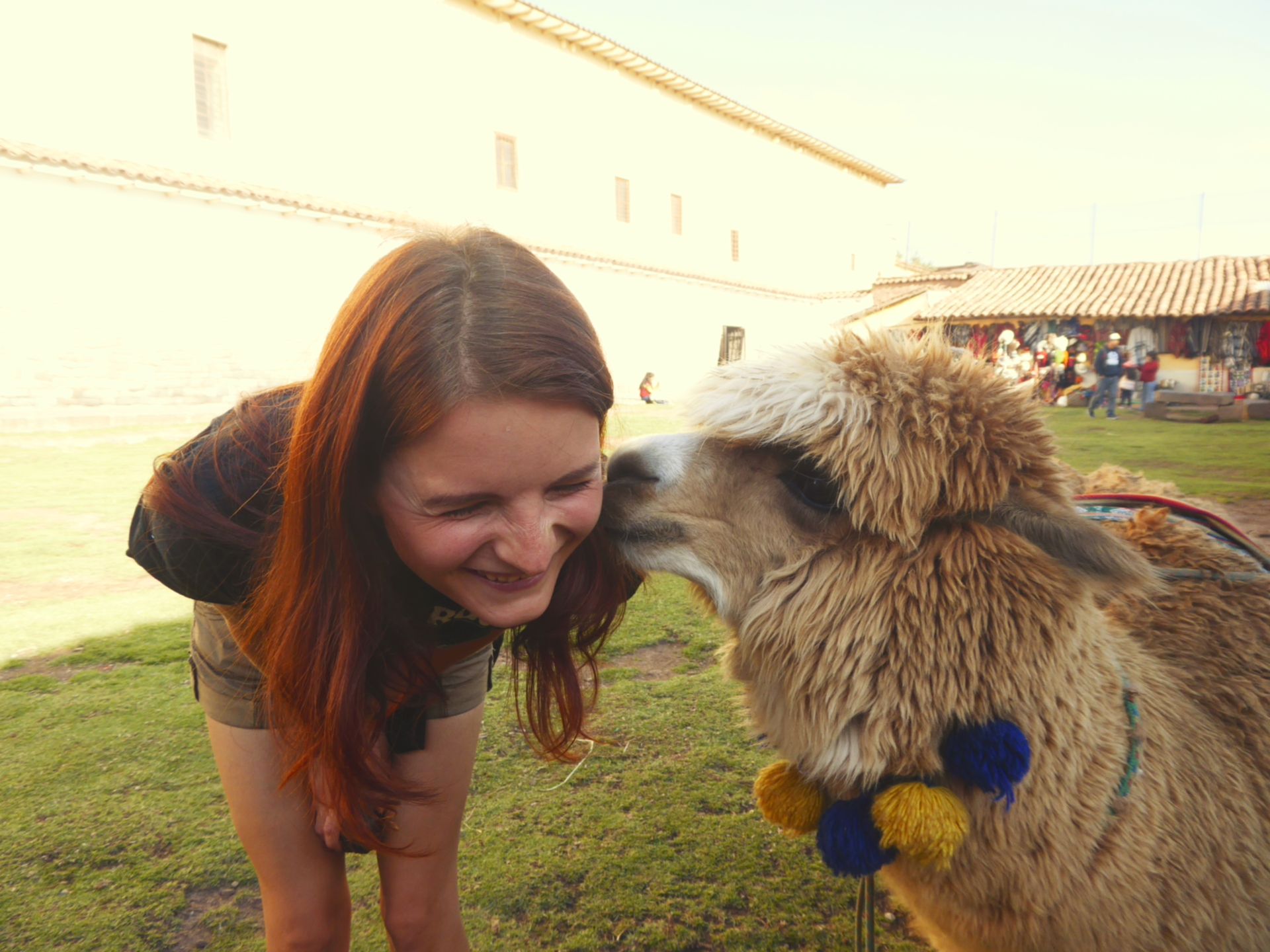
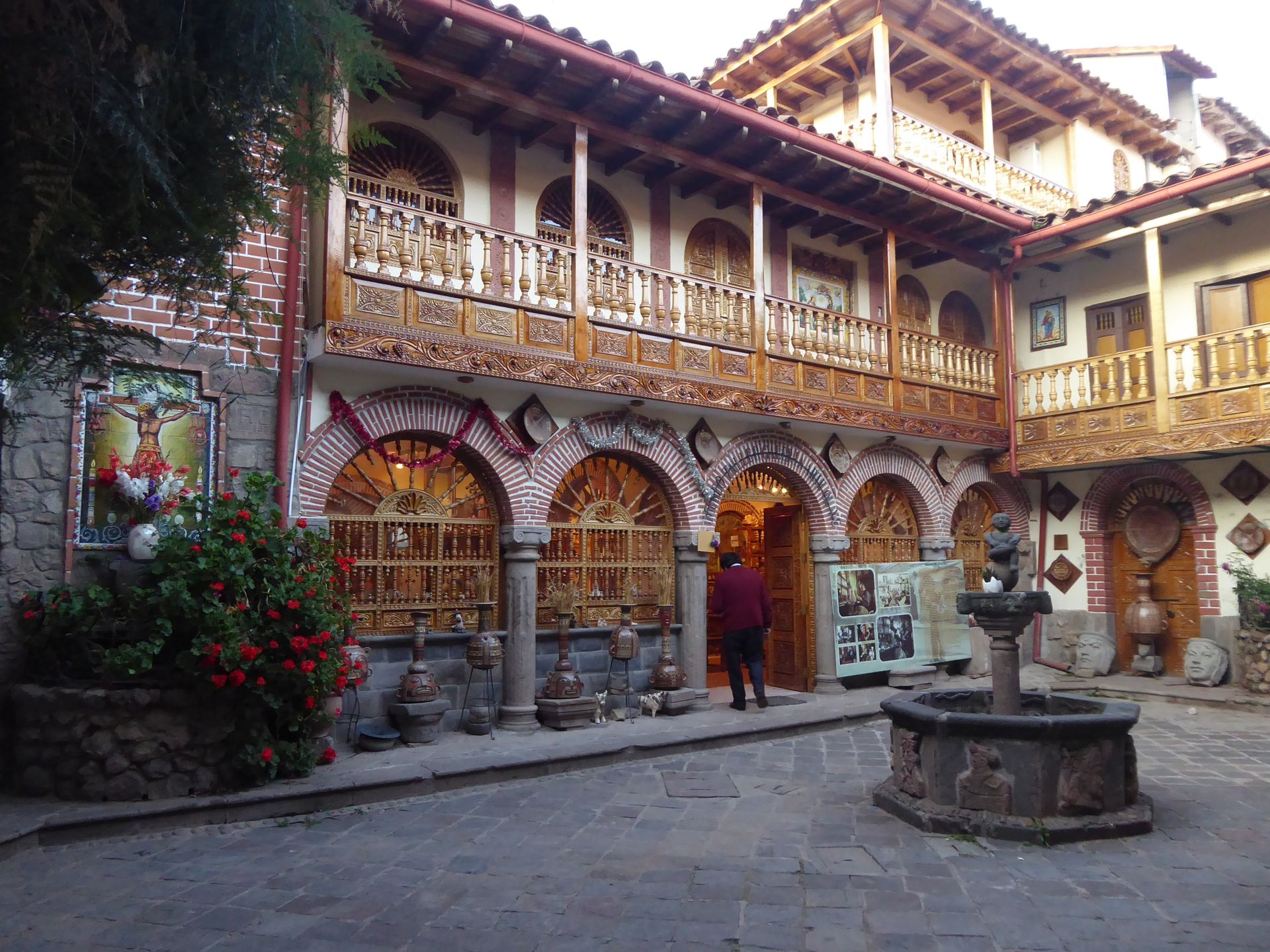

18th November 2018
We get up early to experience the usual bus madness. We drive for another 2 hours after leaving the house and picking up all the other passengers. Our destination today: the salt terraces of Maras.
On the way, we pass through a part of the sacred valley of the Incas and make a stop at the ruins of Moras. However, we decide not to visit them as almost all Inca ruins require a 'boleto turistico', a very expensive all-in-one ticket that is only worth it for archaeology enthusiasts or people with too much money to spare.
The Salinas - the highest salt mining area in the world - on the other hand, cost a fraction and are truly remarkable. On a huge area, the extremely salty volcanic water is directed into manually constructed pools. In three successive levels, the white gold created by evaporation is harvested. This produces white and pink crystals for consumption and black, impure salts for medical use in rheumatism and arthritis. The harvest, which can only take place during the dry season, is carried out by the 200 families of the area together.

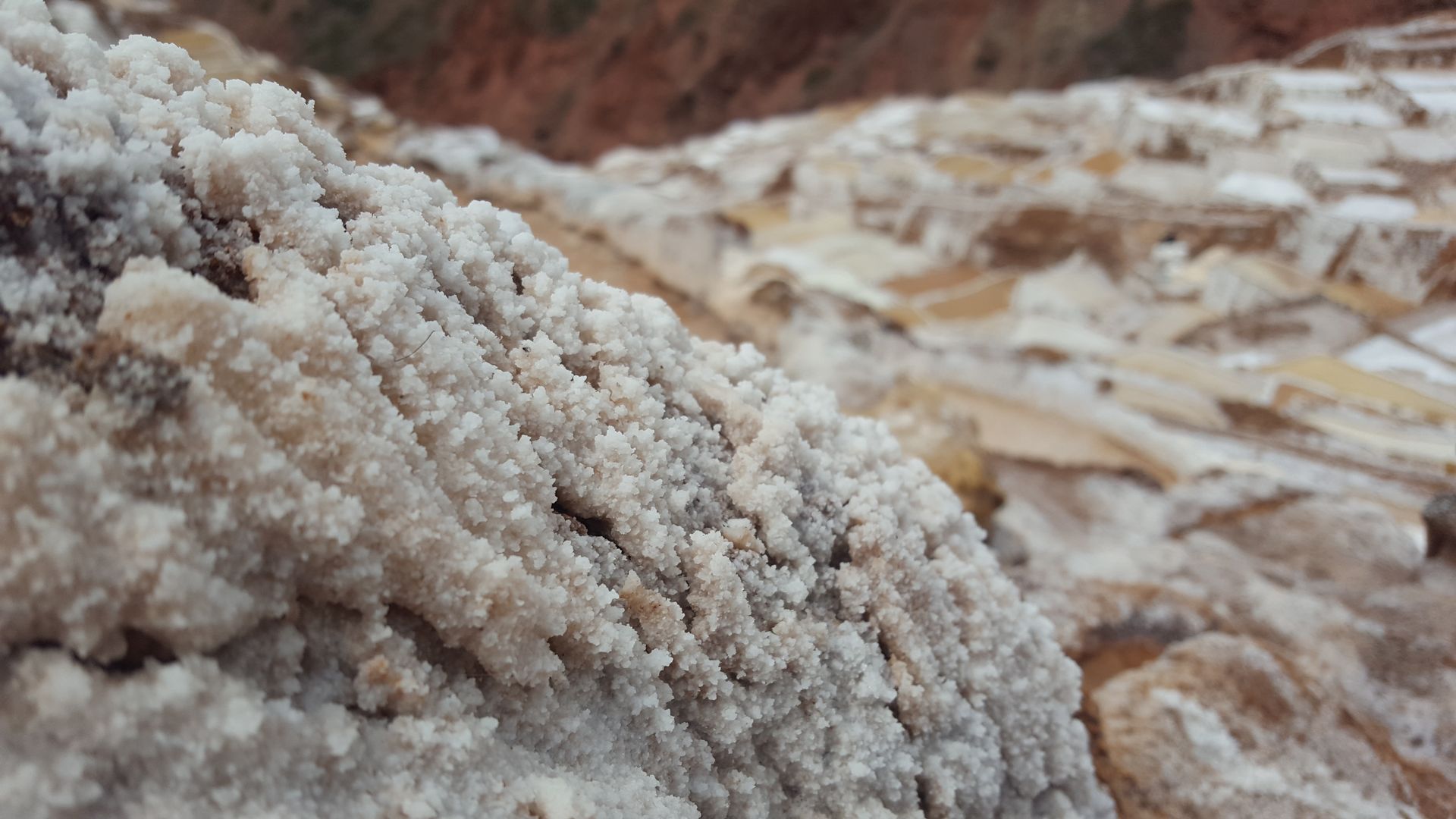
On our way back to Cusco, we make a stop at a small textile factory and learn how the alpaca wool is dyed and processed here without using chemicals, but with the help of Mother Nature.

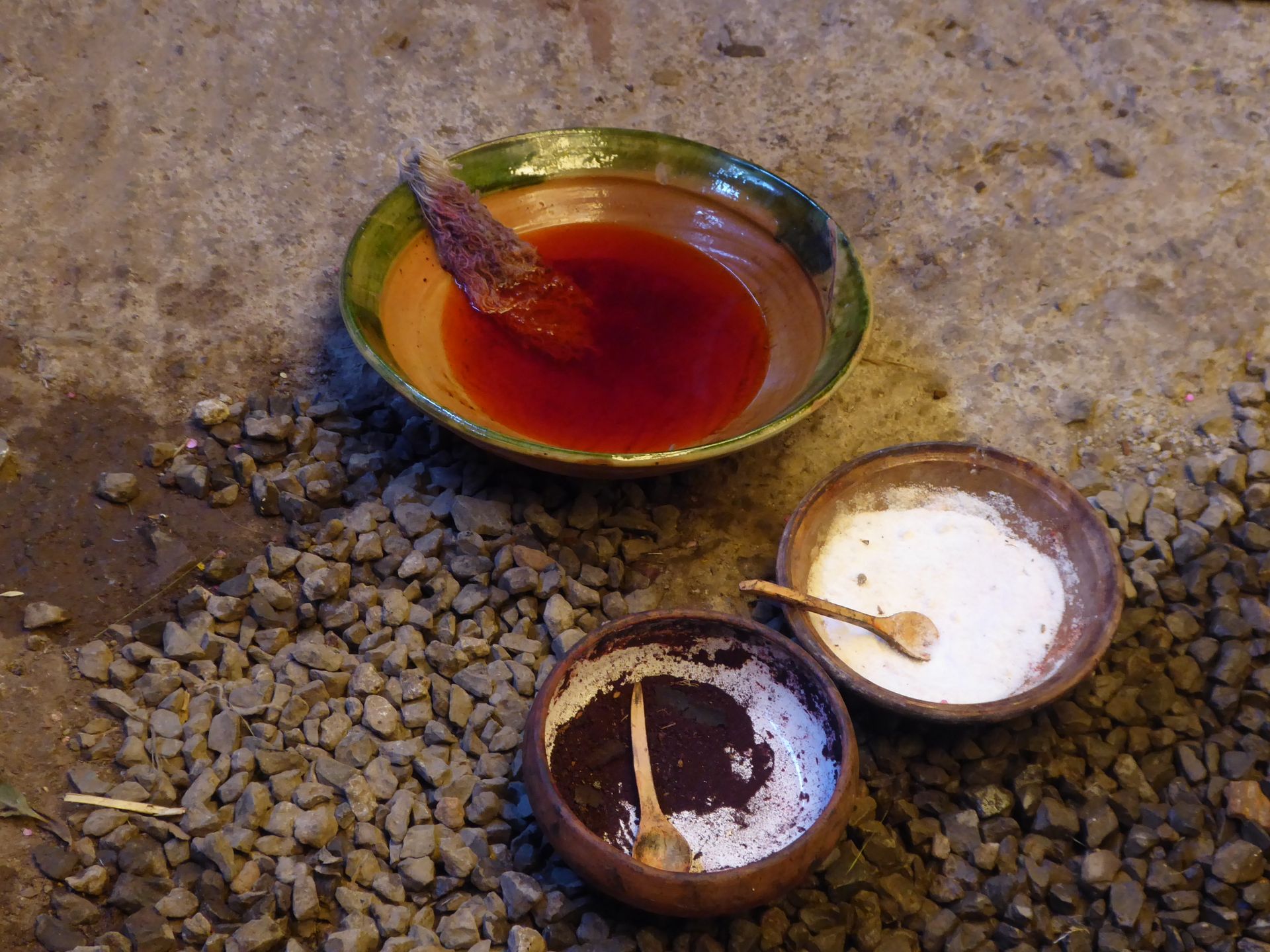
19th November 2018
Our visit to Machu Picchu is getting closer. Today, we make our way to Aquas Calientes, the nearest village. We start with a minivan, once again running late, heading northwest. A 6-hour journey takes us from 3,400m to 4,500m and then down to 2,000m. The highest point is also in the Zona Neblina. As the name suggests, visibility is extremely limited here. However, our rally bus driver is not deterred. We speed down the slope at 60km/h with only 5m of visibility - he wants to make up for the delay.
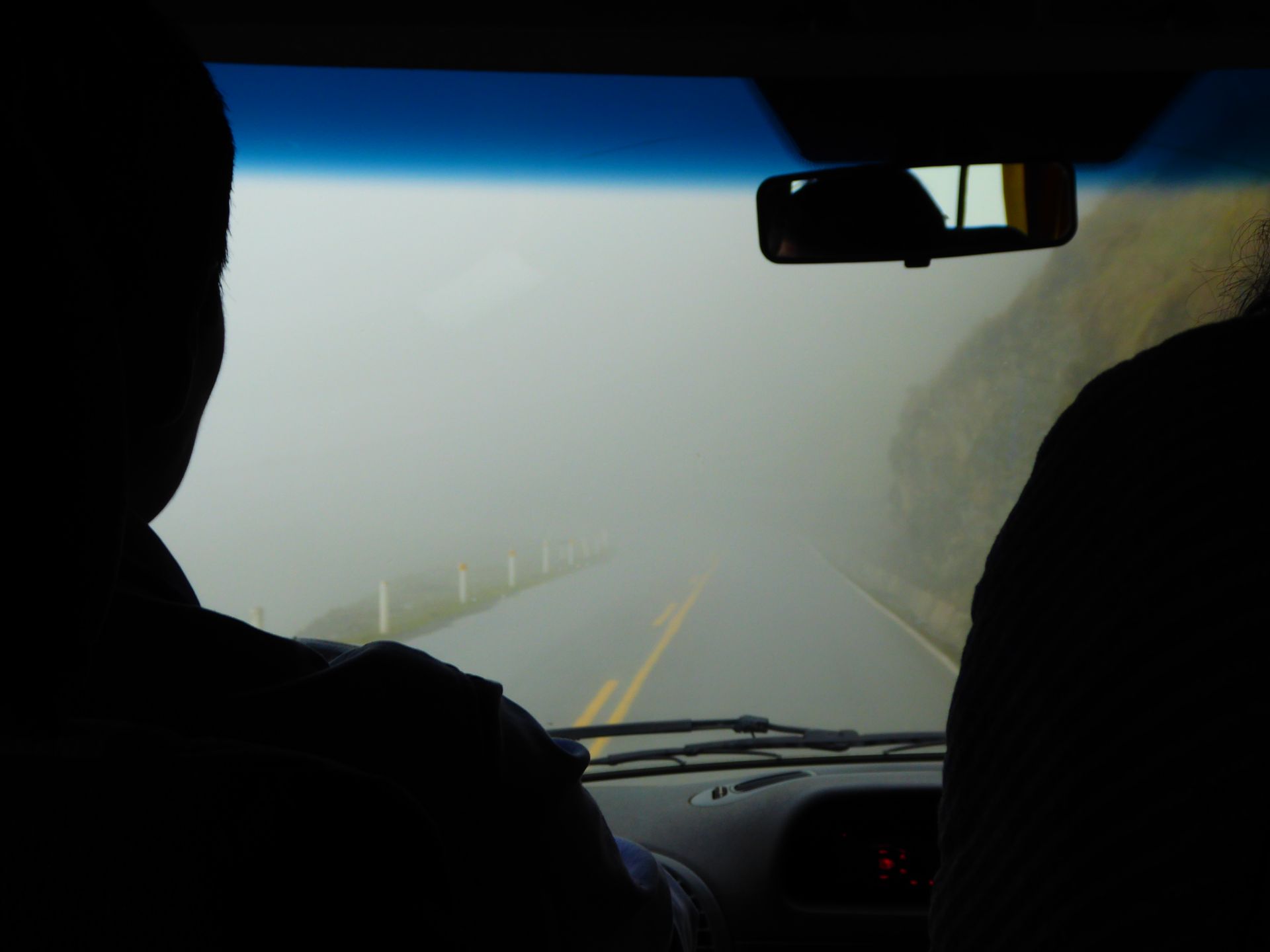
With decreasing altitude, the vegetation changes dramatically. When we reach the foot of the mountain, we find ourselves in tropical realms. The last hour takes us deeper into a region that consists of small clusters of houses but no more cities. At the final stop - a hydroelectric power plant - we get off and continue on foot. Of course, we could have bought an overpriced train ticket from here or directly from Cusco, but admission to Machu Picchu is already expensive, and our legs are enough to carry us.
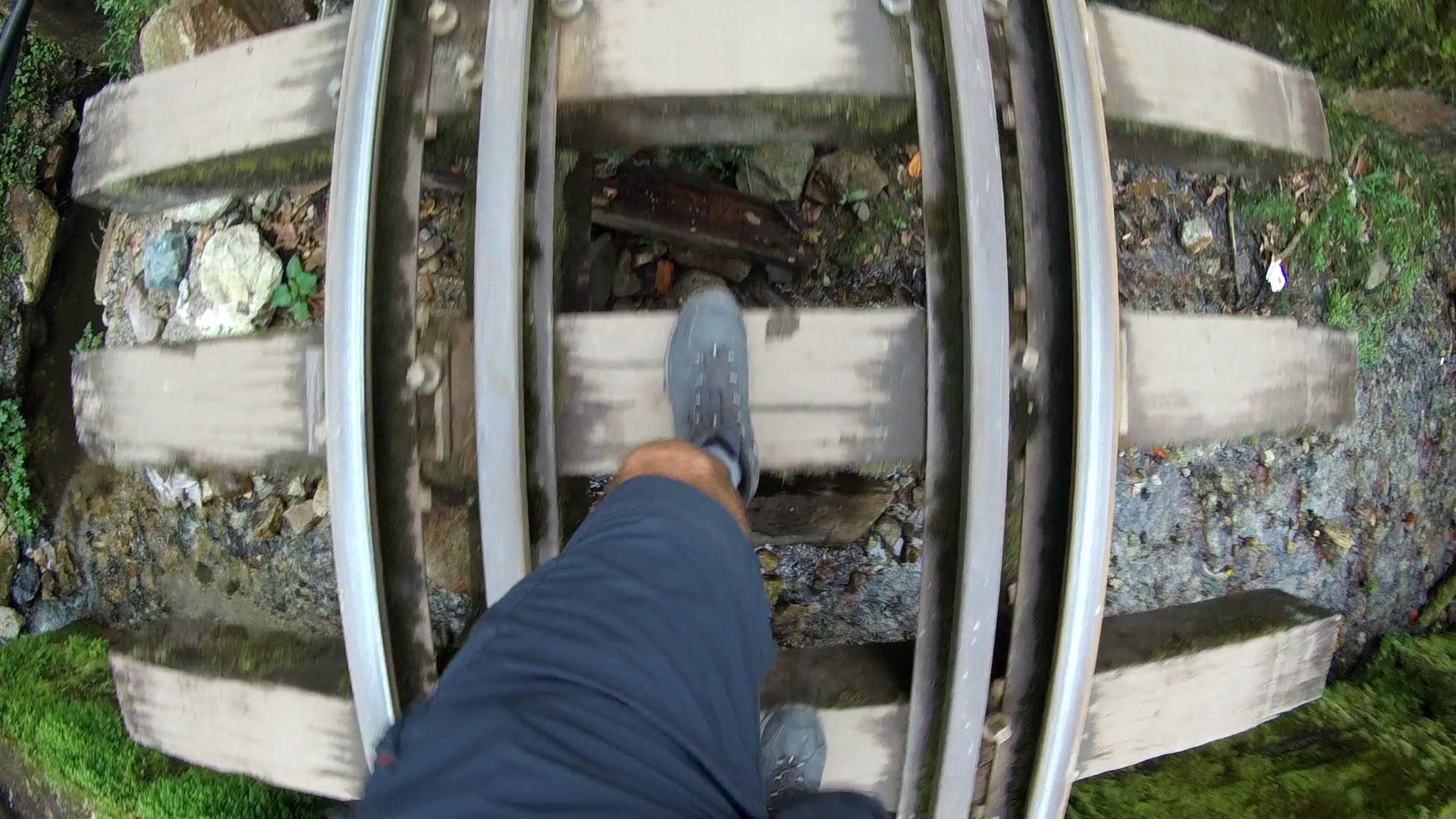
We follow the train tracks for about 2.5 hours as they wind through the dense forest and along the Riobamba. Occasionally, we catch a glimpse of THE attraction of Peru. However, most hikers continue without turning their gaze away from the path.

Our destination - Aquas Calientes, or simply known as Machu Picchu Pueblo - is truly picturesque and nestled dramatically between steep cliffs. But upon entering, it quickly becomes apparent that it is a tourist-oriented collection of hostels, bars, and restaurants. It reminds us of our stopover in Pakbeng on the Mekong River.
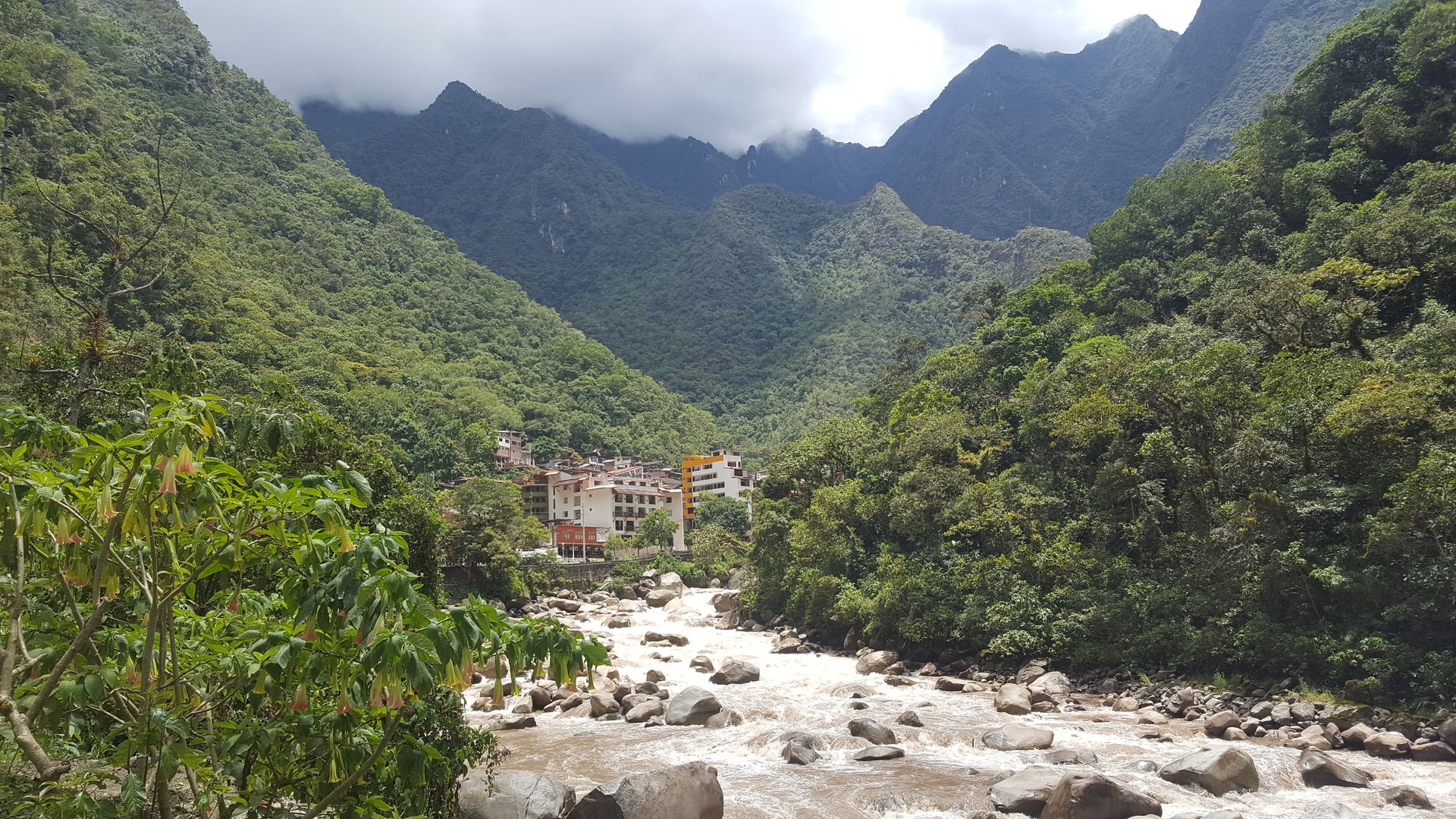
20th November 2018
Machu Picchu is calling. We have to wake up at !!!4.00 am!!! We start walking at 4.30 am to reach the lower entrance in time. It opens at 5.00 am. We grab a muffin and a Coca tea for the road and set off uphill towards the main entrance. The steep rock stairway winds through the misty forests. Annika curses the day we bought the tickets. Halfway up, Carsten takes her backpack and carries it the rest of the way to the top. Of course, we could have chosen an overpriced bus again.

Once we reach the top, there are already quite a few people waiting. However, the line moves quickly, and by 6.30 am, we are at the viewpoint. But we still can't see anything. The fog obscures the view. We are disappointed. But after half an hour, the sky clears up, revealing the mystical sight of the ancient Inca city. Unbelievable. Next to us, an older Frenchwoman can no longer contain her emotions and starts crying in the arms of her son.

After taking about 1000 photos and a short video call with our mom, we begin our tour of the ruins. It is difficult to describe how it feels and what we see. It is simply unique. The idea that all of this was built without wheels or metallic tools sends shivers down our spines.

Note that the stonemasons individually carved each block to fit perfectly with its counterpart and assembled them without any mortar.
Crowds of people squeeze through the narrow passages. One thing is for sure - you are never alone here. Llamas, which serve as lawnmowers, provide a perfect selfie opportunity.



Descending the valley is difficult for Carsten. His knees are hurting from the stairs. This time, Annika leaps like a young deer. When we check into our new hostel at 12 pm, we rest and catch up on sleep. The very basic hostel is sufficient for one night and nothing more.
21st November 2018
Together with our hostel roommates, who spent the last few days hiking the Salkantay Trek, we head back to Cusco. Our conversations along the tracks make time fly, and after 2 hours, we arrive at the starting point, Hydroelectrica. The waiting time there is made shorter by the sand flies that massacre our legs. Our bus ride is long and tiring. We speed through the Zona Neblina again, this time in the dark, at a speed of more than 60 km/h. We are relieved when we arrive at the hostel at 10 pm and can finally go to bed.
22nd November 2018
Carsten is greeted with a hearty breakfast of pancakes after finishing his work. He has to dye his hair because Annika found her lost henna. Just like that, it's done!
Until 12 pm, we relax and sort through our photos. We need to reduce the 1000 photographs from the past few days.
Our destination today is the Zona X. A region located in the mountains around Cusco, attracting hikers with beautiful panoramas and pre-Inca ruins. We hike past Sacsayhuaman, the well-preserved Inca fortress, and continue uphill.
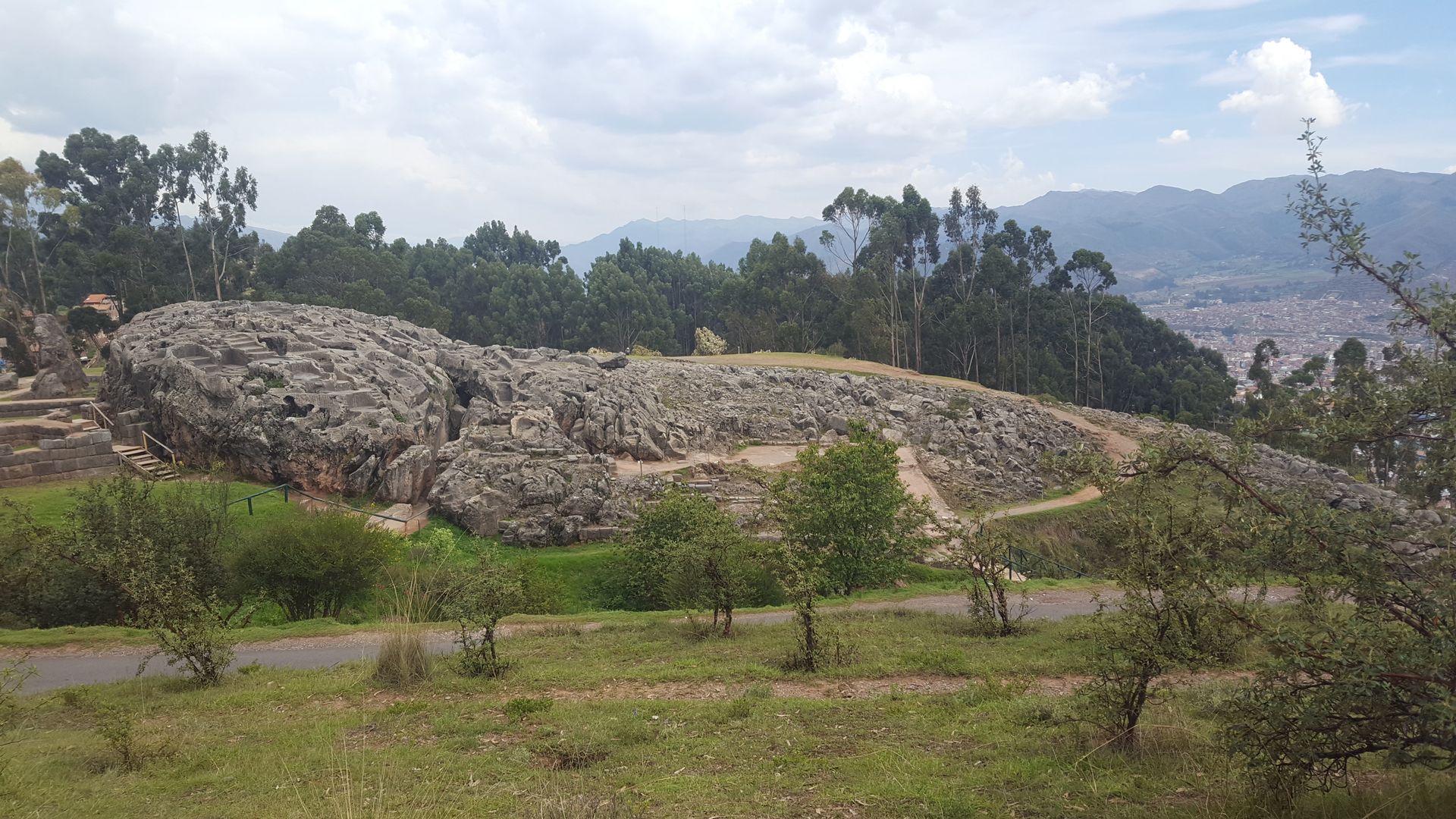
When we reach our destination, we encounter a problem. We are told that the entrance is closed. They tell us to walk around the fence until we find a small opening (which will likely be used to charge tourists soon). The rock formations with various natural and artificial tunnel passages we find here apparently served as tombs long before the Incas settled here.

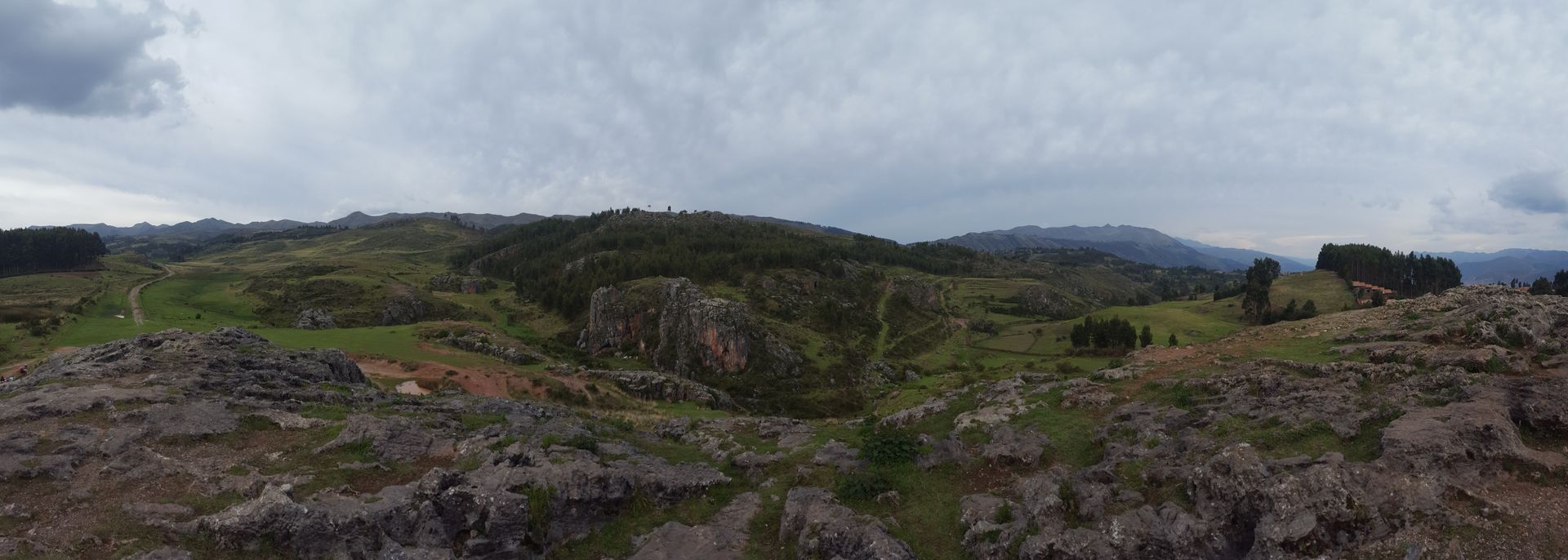
In the evening, we meet up with Eilisch (the English girl) at our favorite veggie restaurant. Unfortunately, Owen, her boyfriend, can't join us as he is resting in bed with a stomach upset. Understandably, as they are about to embark on the 5-day Salkantay Trek from Cusco to Machu Picchu. Poor guy.
23rd November 2018
We spontaneously buy tickets for a tour to Palcoyo. This promises colorful mountains with fewer people than the Vinicunca Rainbow Mountain, which has almost 1500 visitors per day at an altitude of over 5000m. It was a difficult decision to make since we didn't want to spend another 6 hours on a bus. However, our gut feeling does not disappoint us.
The first stop at an Inca bridge is quite disappointing. It seems silly to pay an entrance fee just to walk over a self-made wooden rope construction. We opt for free pictures.
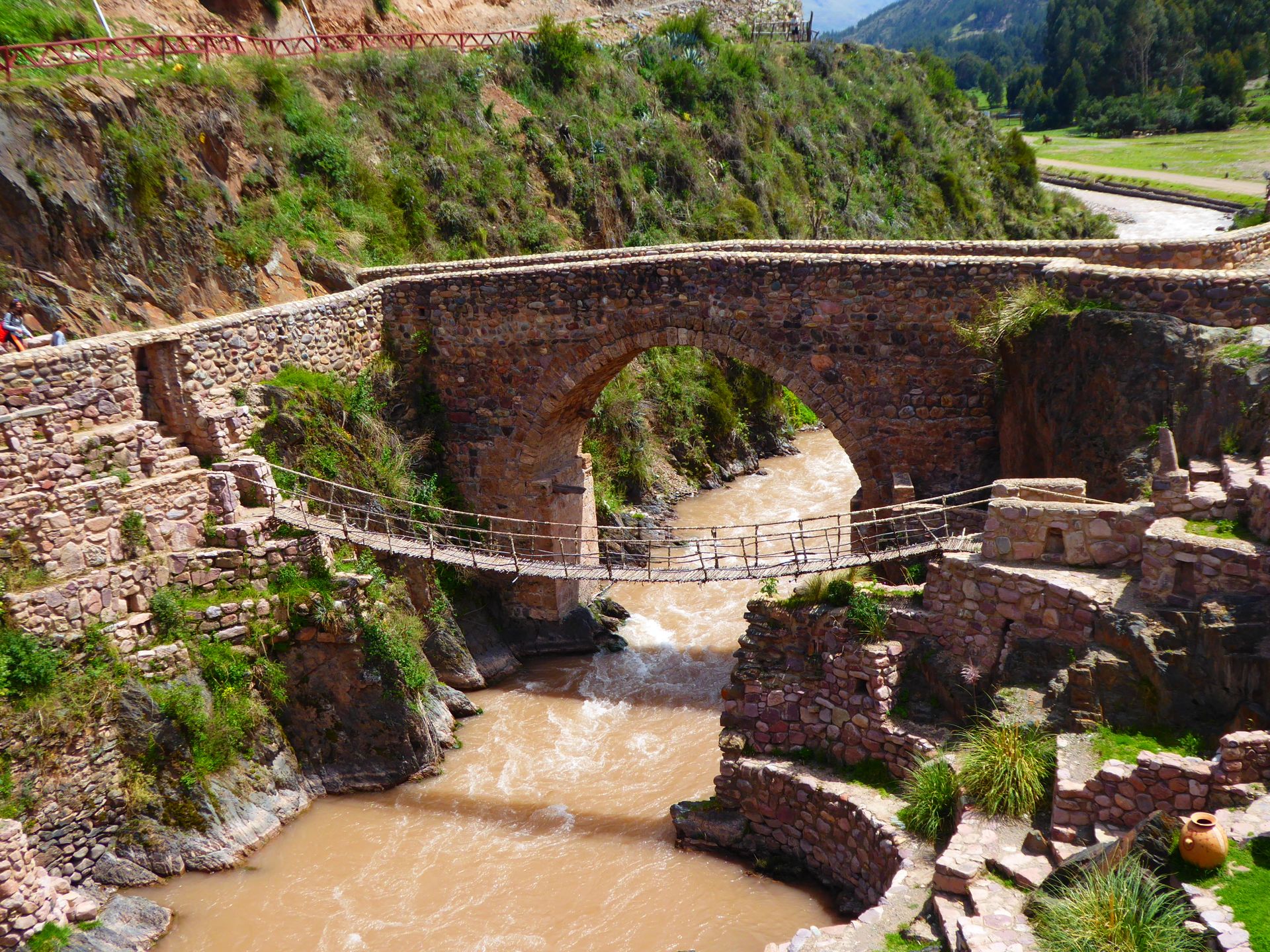

The next stop is at an altitude of 4700m. We get out of the car, inhale some Flowery Water (a type of alcohol inhalant that reduces altitude sickness), and... unbelievable. Mountains in wonderful colors as far as the eye can see. Along the short hiking trail at 4900m, breathtaking panoramas make our jaws drop. The colors are caused by different minerals in the soil that have been layered over time.
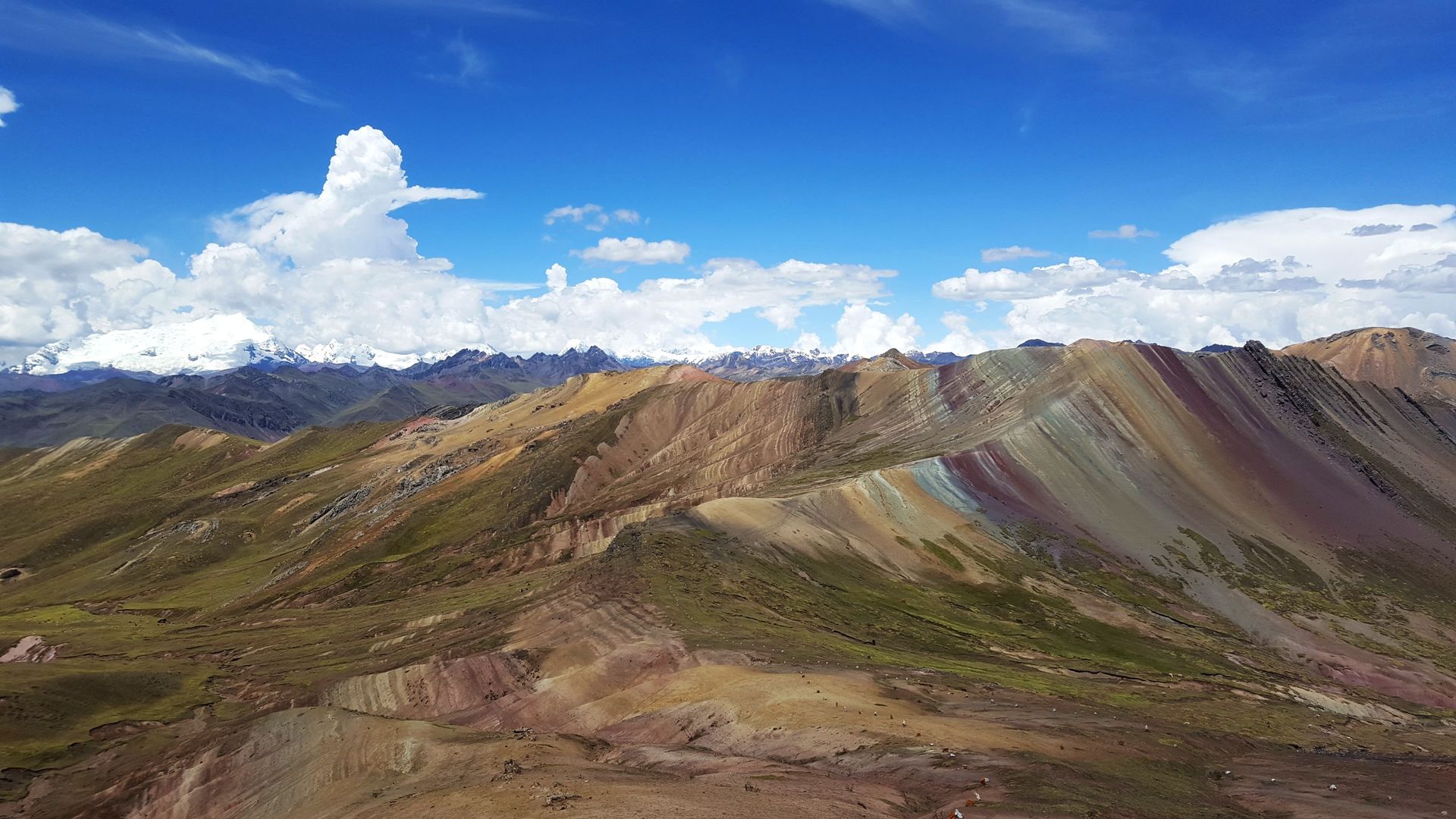
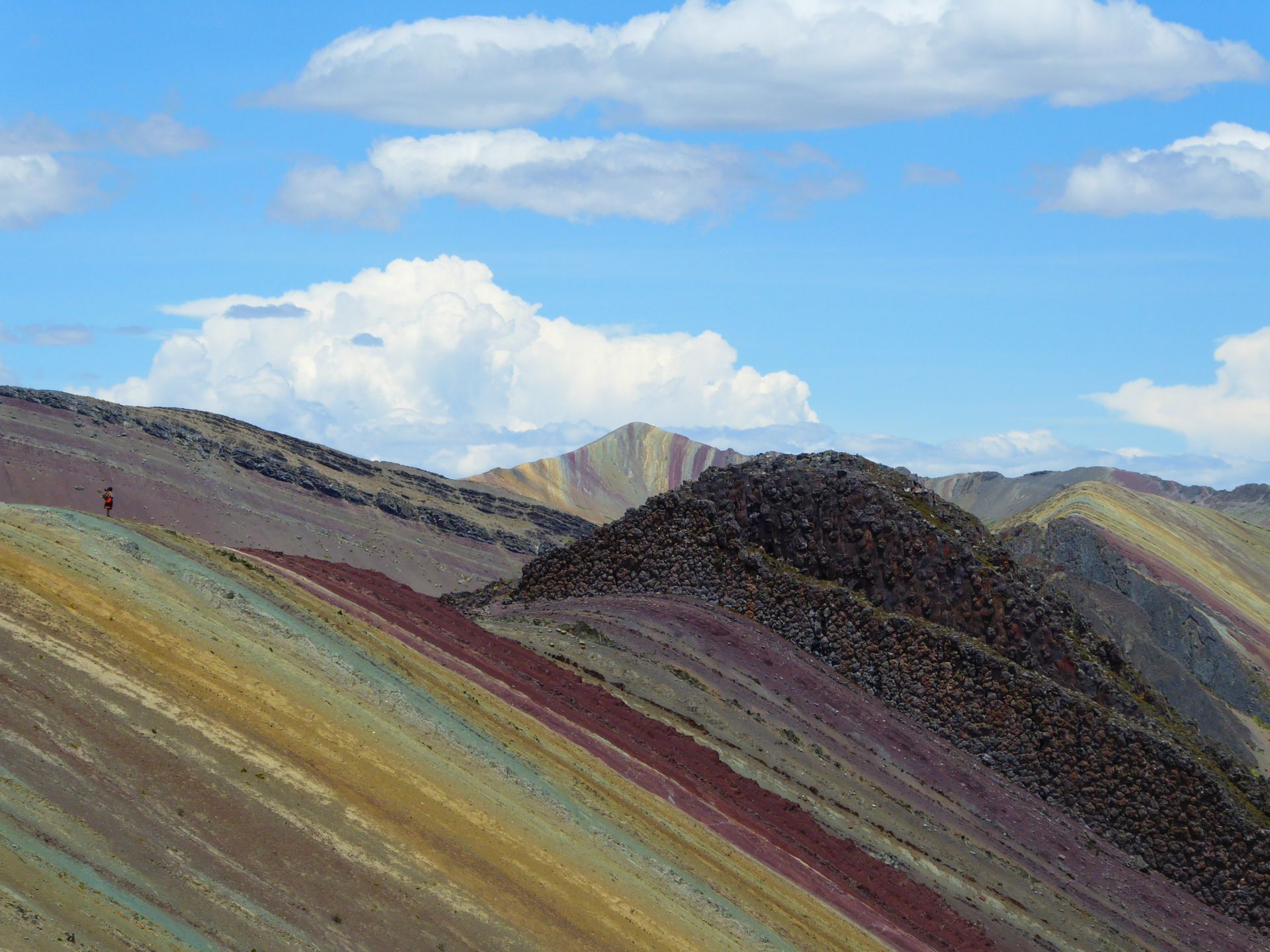

On the way down, Carsten spots the mountain bikes we brought along. Unable to resist, he asks if one of them is still available to speed downhill. With a big grin and 40 Soles, the deal is made, and he is ready for the 1300m descent on gravel and rocks. The bicycles, with their constantly rubbing disc brakes, may not be the newest, but they are sturdy. Passing small villages with curious onlookers, grazing alpacas and llamas, and beautiful views of the terraces shaped by earthquakes, we descend for almost an hour.

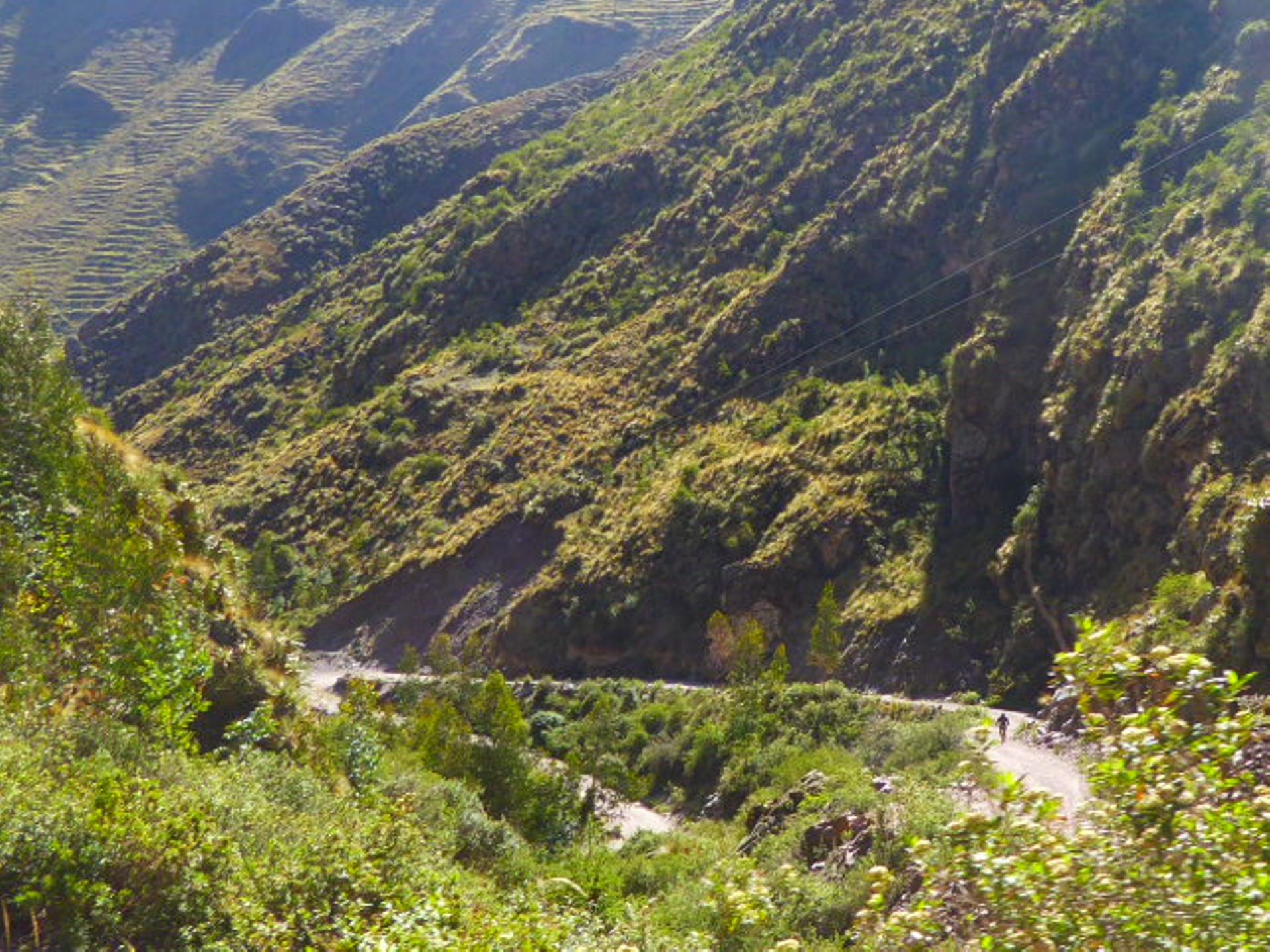

The subsequent lunch is equally satisfying. We enjoy soup and a buffet with boiled potatoes, gravy, chicken, and noodles. During the 3-hour return journey, Carsten's smile seems carved into his face. Fortunately, we made the right decision. Highly recommended!!
24th November 2018
We take the day off to stroll through the San Perdo Market and relax. In the evening, we take a bus to Arequipa, a colonial city surrounded by volcanoes.
ለጋዜጣ ይመዝገቡ
መልስ

የጉዞ ሪፖርቶች ፔሩ
